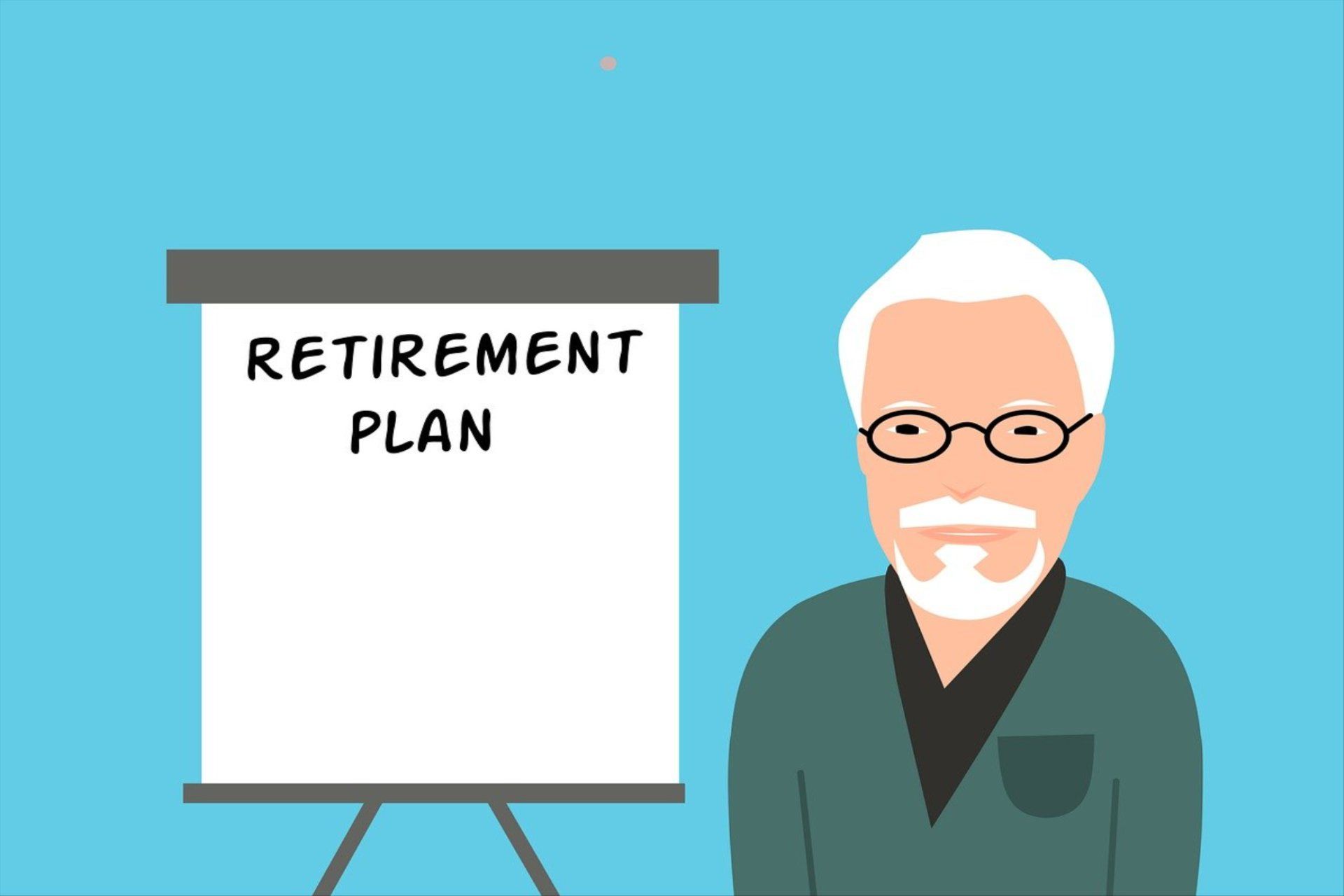Super pensions: Reviewing the merits of keeping a TRIP
Clarke McEwan Accountants
Gone are the days when all Australians work to a certain age, and then the next day, they retire from the workforce. The end of work and the beginning of retirement is more fluid in recent times, and the rules that apply to accessing superannuation benefits reflect this blurring of what retirement means.
In 2005, a special type of super pension was introduced, known as a transition-to-retirement pension. By starting a transition-to-retirement pension (what we call a 'TRIP'), you don't have to retire to withdraw your super benefits. You can work part-time or full-time or even casually, and withdraw a portion of your super benefits each year.
Until 30 June 2017, the major selling point in starting a TRIP is that you can access the tax advantages associated with super pensions while you're still working. Tax advantages include tax-exempt earnings on assets financing the pension (this exemption will be removed from 1 July 2017); and tax-free pension income for over 60s (which continues beyond 30 June 2017). If you start a TRIP when you're under the age of 60, then you can take advantage of the 15% pension offset on assessable pension income, and this 15% pension offset will remain in place beyond 30 June 2017.
15% pension tax offset remains in place
According to an ATO spokesperson: "From 1 July 2017, the earnings from assets supporting a transition to retirement income stream (TRIS)[TRIP] will no longer be subject to an earnings tax exemption, i.e. will no longer be exempt current pension income. The change is only in relation to the tax treatment at the super fund level – there has been no change to the tax treatment of a TRIS benefit paid to an individual member. Therefore there are no changes to the way tax offsets operate for the individual receiving the TRIS payment. A TRIS [TRIP] will continue to meet the definition of a superannuation income stream in the Income Tax Assessment Act 1997 (ITAA), however it will not be a superannuation income stream in the retirement phase under the new section 307-80(3)(a) of the ITAA."
Important: At the risk of repeating this key change to the TRIP rules, note that from 1 July 2017, the government is removing the tax exemption on earnings from assets financing a TRIP, that is, a TRIP will not be considered a superannuation income stream in the retirement phase (although minimum pension payments must still be withdrawn each year) .
Depending on the strategies an individual chooses to use, it is possible to reduce the amount of income tax that a person pays while boosting the super benefit. For example, one of the more popular TRIP strategies is to salary sacrifice into your super fund up to your concessional (before-tax) contributions cap, and replace that income with tax-free (if over 60), or concessionally taxed pension payments (if under 60).
Until 30 June 2017, the right combination of salary and super will depend on your salary level, your age, your tax position, the size of your super benefit and your income needs.
Note that from 1 July 2017, the tax-effectiveness of such a strategy has been lessened due to the cut in the concessional contributions cap from $35,000 to $25,000, and the removal of tax-exempt earnings on TRIP assets.
Before I take a TRIP, what's the catch?
If you're considering starting a TRIP, note that you must have reached your preservation age – anyone born before 1 July 1960 has a preservation age of 55, and anyone born after 30 June 1960, has a preservation age of at least 56 years, and anyone born after 30 June 1961 has a preservation age of at least 57 years. If you were born after 30 June 1964, your preservation age is 60 years.
A TRIP is like any other account-based pension (although from 1 July 2017, a TRIP will no longer be considered a superannuation income stream), except for two important requirements:
- You can withdraw no more than 10% of your TRIP's account balance each year as pension income, and
- In nearly all circumstances, you cannot withdraw lump sums from your TRIP until you retire, or until you satisfy another condition of release, such as reaching the age of 65. The one exception to the non-commutable rule (not being able to convert to a lump sum) is when the fund member has unrestricted non-preserved benefits in the TRIP account. You may have this type of benefit if you were a fund member before July 1999. If so, this category of benefits are not preserved and can be accessed as a lump sum without breaking the TRIP rules (until 30 June 2017). If you do withdraw these benefits as a lump sum, the lump sum counts towards the minimum pension payment amount required to be paid each year, but does not count towards the 10% maximum payment limit. Note that treatment of a lump sum as pension payment is only possible until 30 June 2017.
Important: From 1 July 2017, TRIPs will no longer be eligible for the tax exemption on pension asset earnings (15% earnings tax will apply), although pension benefit payments on or after the age of 60 will continue to be tax-free, and minimum payments must continue to be withdrawn from the TRIP.
Note: If an individual runs a self-managed super fund (SMSF) and chooses to salary sacrifice while taking a TRIP, then the SMSF trustees must either segregate the fund's assets, or obtain an actuarial certificate. If a fund does not segregate pension assets from assets representing accumulation phase, then the SMSF trustees must then obtain an actuarial certificate each year to identify the tax-exempt income derived from pension assets.
What happens to my TRIP from 1 July 2017?
If you currently have a TRIP, then you will need to review your circumstances before 1 July 2017, to determine the impact of your TRIP no longer being considered a superannuation income stream in the retirement phase. The most significant implication is losing the tax exemption on the fund earnings from assets financing the TRIP. Moving assets back to accumulation phase, may also mean that assets previously exempt from capital gains tax, will now become assessable.
Capital Gains Tax relief in your Fund
For SMSF trustees in particular, if a pension asset becomes an asset in accumulation phase, then a line will need to be drawn on the value at the time of transfer to ensure previously tax-exempt capital gains are not taxed in the future.
If you are seeking to make changes prior to the end of the financial year, contact us to discuss your options.
#superannuation #earlyretirement #TRIPS #TTR





Liability limited by a scheme approved under Professional Standards Legislation



